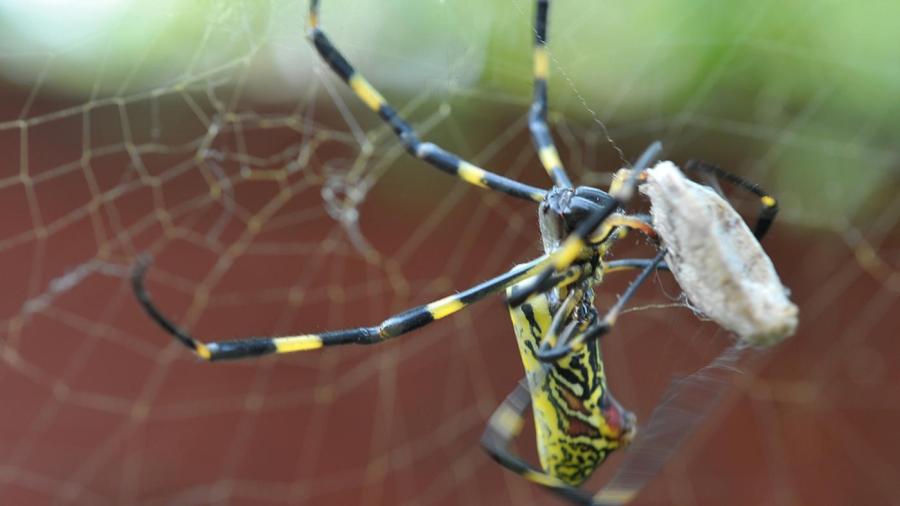What Are Examples of Instinctive Behavior?

An instinct is a hard-wired, inborn behavior that enables a human or animal to cope with its environment. An infant grasping an object placed in the palm of his hand, breathing, a spider spinning a web and a bird building a nest are all examples of instinctive behavior. Learned responses are not instincts. Instincts help humans and animals avoid danger, form groups and even choose mates.
One instinct shared among animals and humans is the fight-or-flight instinct, also known as the acute stress response. Walter Bradford Cannon theorized that in the face of a threat an animal reacts with a discharge of the sympathetic nervous system. This reaction increases blood flow to the muscles; raises blood sugar, heart rate and blood pressure; releases epinephrine to the liver, which produces more glucose; increases muscle tension; and heightens the blood clotting function. This heightened physical state prepares the organism in danger to perform at peak physical capacity, whether that means running away or standing and fighting. In humans, a prolonged stress response can lead to headaches, fatigue, anxiety, irritability and other symptoms. Post-traumatic stress disorder causes an individual to experience the stress response when recalling the event that caused it. Panic disorder is the body severely misinterpreting the stress signals.





